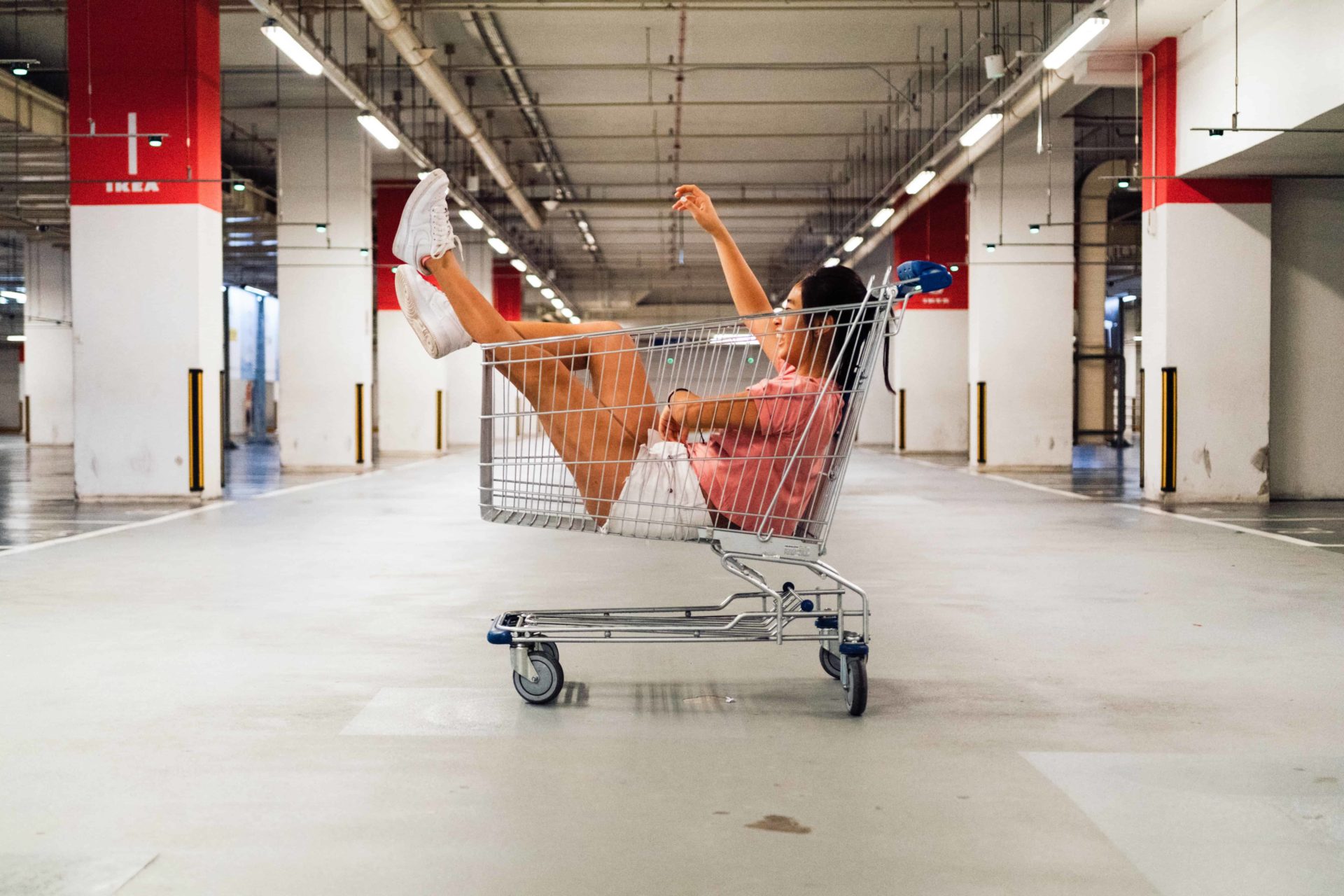POSTED : July 16, 2019
BY : Tipton Loo

Physical and online retail have been on a collision course for years. Legacy brick-and-mortar stores, like Nordstrom and Walmart, have reinvented themselves as major e-commerce players. They’ve added sophisticated online shopping experiences and digitally driven subscription box services like Trunk Club and Kidbox.
Meanwhile, online innovators, like Warby Parker and Casper, that disrupted brick-and-mortar retail are now leasing new, real-world storefronts. As physical and online retail merge, customers increasingly expect a seamless shopping experience across both. Yet a unified commerce experience continues to be elusive for many brands.
The ideal customer experience has zero hiccups and streamlined human touchpoints – yet, it should remain as personalized as possible. Retailers running legacy systems face roadblocks such as outdated point-of-sale systems, siloed data and disjointed platforms. E-commerce innovators moving into brick-and-mortar spaces face their own set of unique challenges that include sourcing in-store data and translating online customer insights — loyalty programs, prescriptive analytics, etc. — into an in-store customer experience. Fluidly connecting the dots requires innovation.
With new capabilities for AI and IoT being introduced each day, the tools of the future are making it easier to connect devices and equipment while also deriving analytic insights and integrating with enterprise and public data. From more powerful chipsets and graphical processing units to cloud providers like AWS, Azure and Google Cloud and open source projects like Eclipse IoT, TensorFlow and NLTK, these solutions are making computer vision, speech recognition, natural language processing, machine learning and deep learning capabilities available to retailers now.
We worked with one U.S. retailer whose need to connect physical and digital experiences led it to the Internet of Things. With both an online and physical presence, including hundreds of retail locations, the retailer wanted to ensure a smooth, unified customer experience. The retailer sought to track the customer’s online searches, favorites, shopping cart, reviews and social media and continue that experience in the physical store to personalize the in-store customer experience.
For example, if the customer had searched for specific products online, or had put items in their virtual shopping cart, the retail store wanted to continue those interactions in person.
The retailer also knew that creating a frictionless shopping experience — one in which the customer experience and store employee experience was automated as much as possible — was crucial. This included the automation of check-out processes for credit cards and cash transactions to get customers out the door without any interruptions. Being able to remotely troubleshoot retail store devices (cash registers, credit card machines, etc.) was also a key requirement.
The solution leaned on recent technological advances for an in-store kiosk that uses facial recognition as a multi-factor authentication process. Now, the retailer can quickly identify customers as they enter the store and continue their online experience with a real-time cross-reference to their online shopping cart and search history.
IoT technology gives the retailer the ability to use remote triggers to open cash registers and other in-store devices. The devices, which are connected to a cloud IoT hub that functions as a command and control center, can be remotely troubleshooted.
The intelligent kiosk also uses a conversational agent — a virtual salesperson, in essence — to talk to the customer. Whether answering a question about sale items, enabling the choose-your-own-adventure of continuing shopping, checking out or shipping purchases, the kiosk facilitates it all. If a customer brings items to the in-store checkout area, the kiosk can add them to the purchase via visual object recognition.
If the customer is paying in cash, it uses beaconing technologies to open the closest register to the store employee to help speed time to check-out. When there’s an issue, IT can look at the digital representation of the register in the IoT Hub to troubleshoot — without doing a truck roll.
The result is that customers are now able to continue their online shopping experiences in-store; there’s no need to bring a shopping list or even take out their phones. Automation has streamlined interactions between the store and the customer, while a frictionless, unified commerce experience speeds time to purchase and satisfies the expectations of a new breed of shoppers accustomed to one-click buying.
Because there are so many solutions or combinations of components that make up a solution, from a full cloud-based IoT stack (Azure IoT, AWS IoT, GCP IoT) to open source libraries, there are many ways to slice, dice and assemble a kiosk-like the one described above. It’s important to understand the capabilities and limitations of these components before choosing a platform.
Among the key considerations:
As the physical and digital collide, retailers that are able to harness edge technologies like IoT and AI to create a unified commerce experience while keeping one eye on the future will be positioned to lead.
By delivering the seamless shopping experience customers expect, retailers are defining the roadmap other industry leaders will look to in order to engage customers across the various channels where people spend their time, energy and money.
Article originally appeared at Retail Customer Experience.